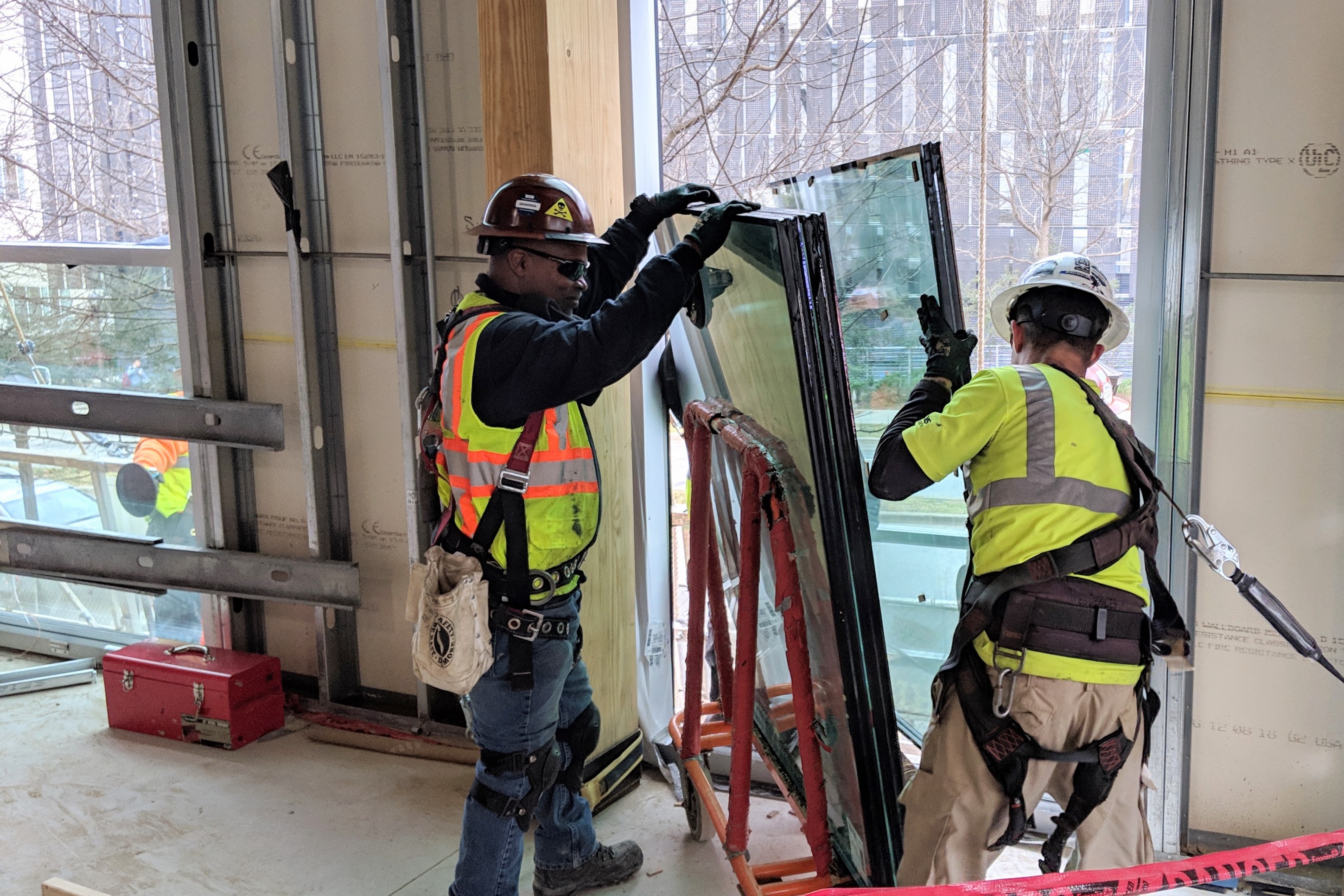Petal: Energy
Imperative 06: Net Positive Energy
75% Less Energy
The Energy Petal requires net positive energy, which means at least 105% of the project’s energy needs must be supplied by on-site renewable energy on a net annual basis, without the use of on-site combustion. To reduce the size of the solar array that would be needed to reach this net positive energy goal, The Kendeda Building designers focused on passive design techniques that leverage the natural climate, solar, and energy characteristics of a building and its surroundings to lower energy demands.
For The Kendeda Building, special attention was given to designing an efficient building envelope. The performance of the building envelope is critical both to the energy efficiency of the building and to the comfort level of the occupants. This includes continuous insulation at walls and under slabs and triple pane window glazing. The triple pane window's outer surface and the middle pane’s room-side surface are treated with a low-emissivity metallic coating. This reduces solar heat gain during hot weather, while the room-side coating helps with insulation during cold weather. As a result, the building has a reduced electricity load during the winter and summer seasons.
Through energy efficiency alone, The Kendeda Building consumes 75% less energy than the national average for college/university buildings.
